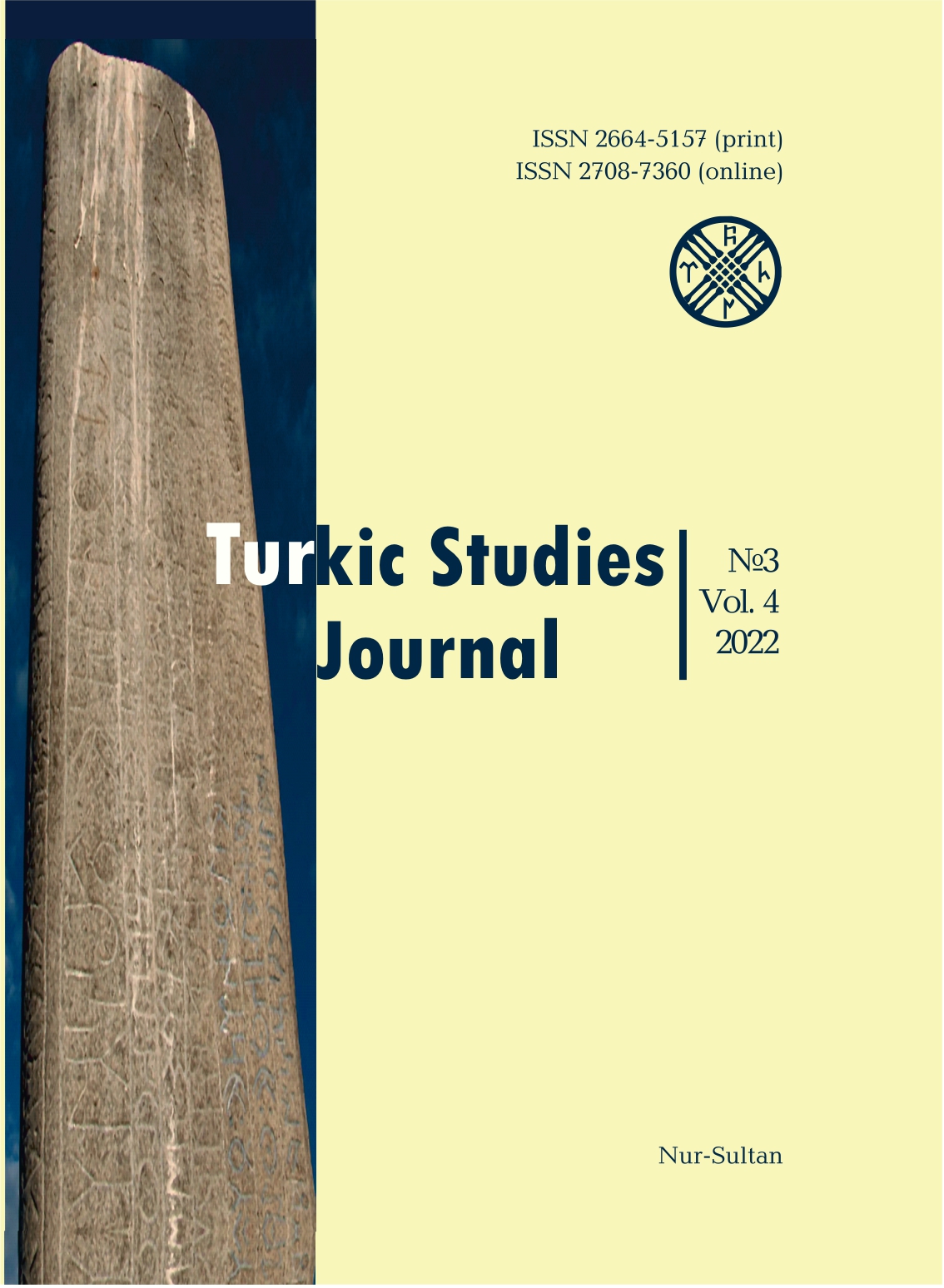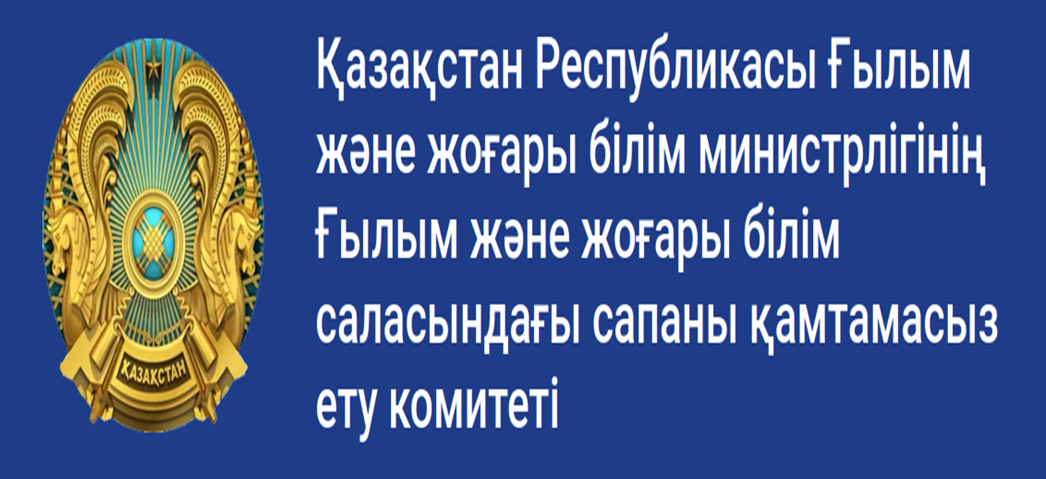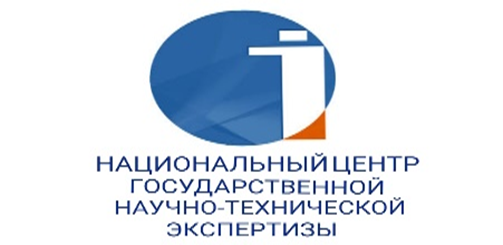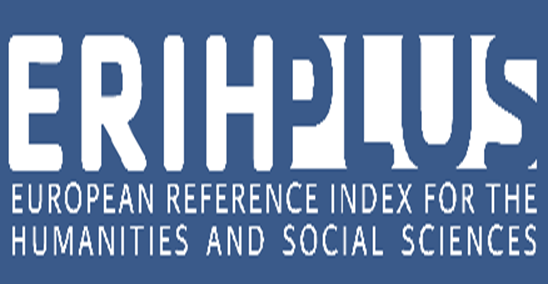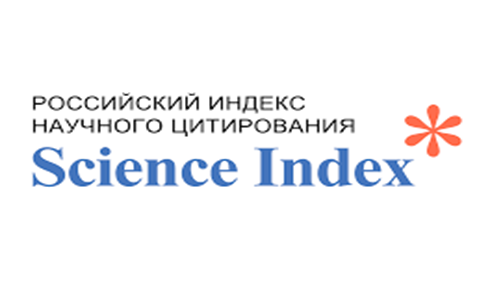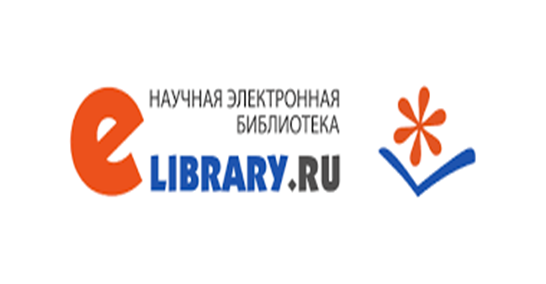Formation methods of phonetic skills in the process of teaching closely related languages
Views: 195 / PDF downloads: 437
DOI:
https://doi.org/10.32523/2664-5157-2022-3-71-84Keywords:
learning closely related languages, turkic languages, sound, vocabulary, song, melody, method, skill, communication, contact, cultural studiesAbstract
In the era of modern information technologies for representatives of the Turkic world
arriving in our country to study it, the Kazakh language becomes a means of communication. In this
regard, the development of new methods of teaching the Kazakh language as closely related today is
one of the actual problems of our time.
In this article, the linguodidactic principles of studying the Kazakh alphabet by speakers of closely
related languages through lyrics, as well as enriching their vocabulary, are outlined by the authors
based on their own achievements and the results of their practical works. The song plays an important
role in the life of people, as it is the richest source of information about the history, culture, folklore
traditions of the people and makes it possible to save this information in memory for a long time.
Creating motivation in a lesson is the path to success in learning any language. In our opinion, during
listening to and performing musical works of peoples speaking closely related languages, students have
a wider outlook, their vocabulary is enriched, and communicative skills are formed.
Thus, the main hallmark of the lesson on studying the alphabet of the Kazakh language should be
listening to sounds in rhythmic melody. Correct performing of sounds develops the melody of speech
and the vocabulary of students, via singing it becomes possible to feel the rhythm of the melody.
It should be noted that this method also forms phonetic and lexical skills, develops hearing. When
listening to Kazakh songs, speakers of closely related languages pick up sounds they know and learn
oral communication in the Kazakh language.

